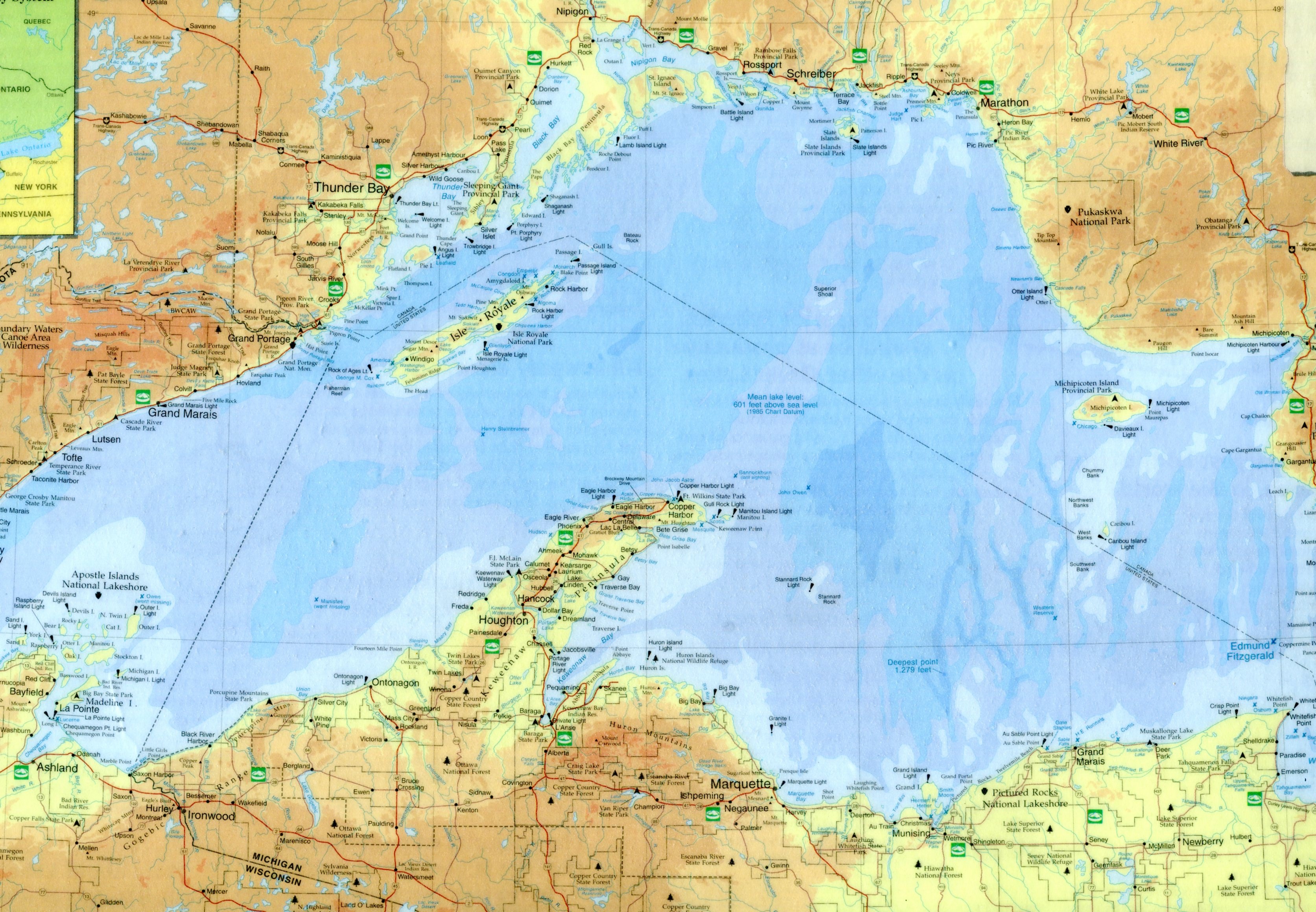
Map Hero’s Laminated Gitche Gumee Been There, Seen That
Welcome to the Chateau LeVeaux on Lake Superior. Cozy and quiet with spectacular views is what makes Gitche Gumee a truly "superior stay". Gitche Gumee is located in Tofte, Minnesota, which is just a short 10-minute drive to Lutsen. Whether you want to venture out or stay in and enjoy the breathtaking views of Lake Superior, Gitche Gumee has.

The Inn on Gitche Gumee Lake Superior Circle Tour
Gitche Gumee RV Park is a unique place to experience Michigan camping at it's finest. Located right off the sandy beaches of Lake Superior near Marquette, MI, Gitche Gumee is the perfect place to escape and relax. We offer space for campers big and small. Full hookup, Electric 50 30 20 amp, water and sewer. We are in "Iron" country, so water.

The Shores of Gitche Gumee Neil Weaver Photography
Origins of the name for Lake Superior. Is the Big Lake Really Called 'Gitche Gumee?' Many people, thanks to Henry Wadsworth Longfellow's "Hiawatha" poem (1855), have heard of Gitche Gumee, the shining Big-Sea-Water.This spelling was learned, it is said, from Henry Schoolcraft, who worked with the Ojibwe people at the time Longfellow wrote the poem.
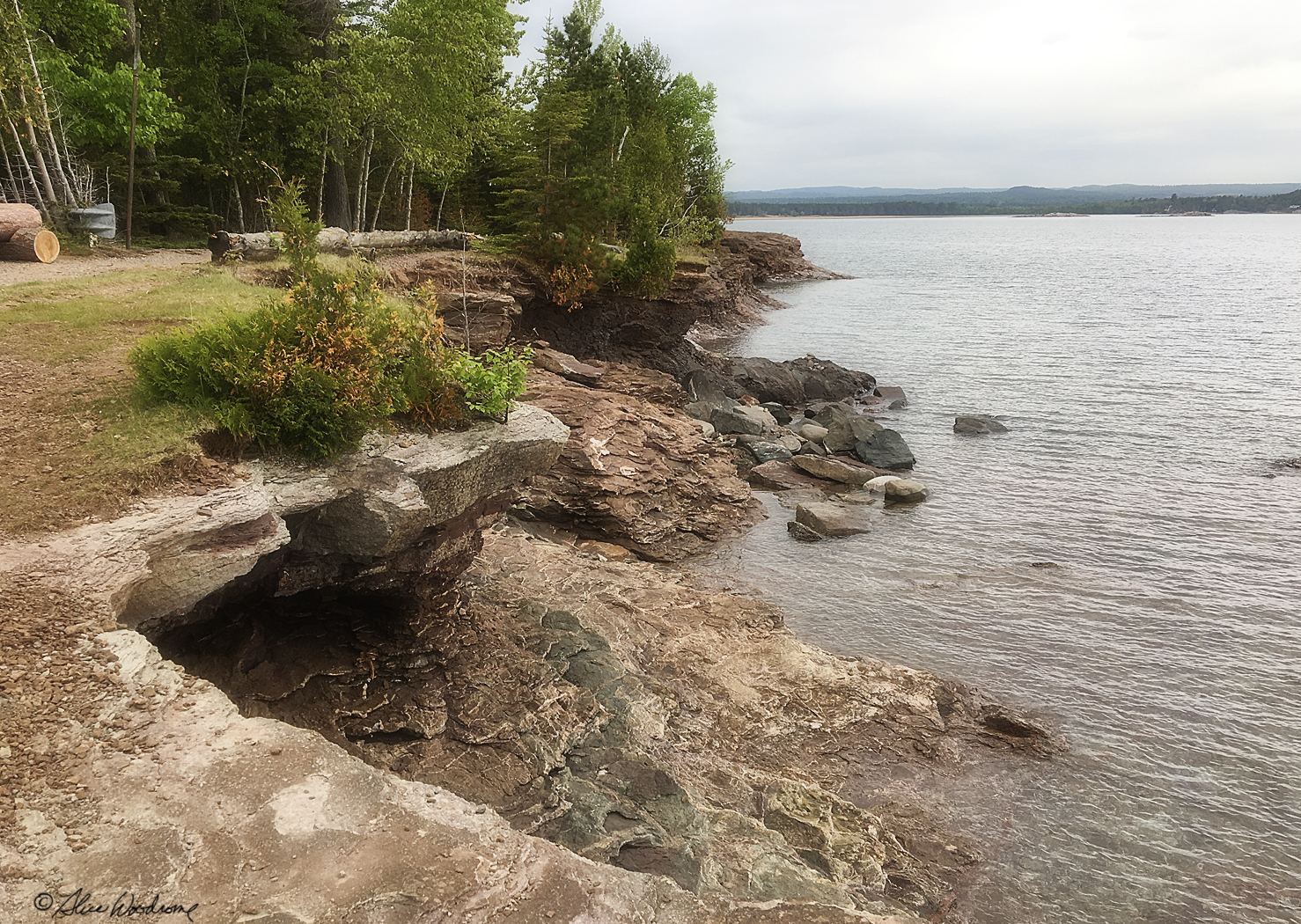
2018 Sister Trip to the Shores of Lake Superior
Song by Gordon Lightfoot. The legend lives on from the Chippewa on down. Of the big lake they called Gitche Gumee. The lake, it is said, never gives up her dead. When the skies of November turn gloomy. With a load of iron ore twenty-six thousand tons more. Than the Edmund Fitzgerald weighed empty.

Lake Superior Gitche Gumee YouTube
Gitche Gumee, the Ojibwa (Native American) name for Lake Superior, has inspired all who have stood on her shore or paddled her waters. Running 120 miles from Big Bay to Grand Marais Michigan on Lake Superior's south shore, the Hiawatha Water Trail (HWT) follows a shoreline paddled by Native Americans, Voyageurs and early European explorers. Experience some of the most scenic paddling.

A beautiful day on Gitche Gumee! The Lake Superior paddling season will be over soon! r/Kayaking
Henry Wadsworth Longfellow wrote Gichi-Gumee in, "The Song of Hiawatha", as did Gordon Lightfoot in his song, "The Wreck of the Edmund Fitzgerald".The first French explorers approaching the great inland sea by way of the Ottawa River and Lake Huron during the 17th century referred to their discovery as le lac supérieur. Lake Superior has a surface area of 31,700 square miles which is the.

Superior A Great Lake Superior Country
Lake Superior, known as Gitche Gumee, is the largest of the Great Lakes and holds a significant place in the history and culture of the Ojibwe people. Father Frederic Baraga, a missionary who created the first dictionary for the Ojibwe language, defined Lake Superior as Otchipwe-kitchi-gami meaning "the sea of the Ojibwe people". His 1878.

Gitche Gumee Minnesota Lake Superior North Shore Drive Postcard Minnesota lake, Lake superior
Name. In the Ojibwe language, the lake is called "Gichigami" ("big water"), but it is better known as "Gitche Gumee" as recorded by Henry Wadsworth Longfellow in The Song of Hiawatha. Lake Superior is referred to as "Gitche Gumee" in the song The Wreck of the Edmund Fitzgerald, by Gordon Lightfoot.

The Inn on Gitche Gumee Lake Superior Circle Tour
The Ojibwe called Lake Superior gitche gumee, "the great sea." Lake Superior lies directly north of Michigan's Upper Peninsula; it's the largest of the Great Lakes, with a surface area of.

"LAKE SUPERIOR GITCHE GUMEE photography print by TIRED STARLING" Poster by TiredStarling Redbubble
The poem begins with the prophesy by Gitche Manito (the Great Spirit) of Hiawatha's arrival as a peace-maker among the tribes.. Throughout the prose are words borrowed from the Ojibway language, such as "Gitche Gumee," which referred to Lake Superior. While The Song of Hiawatha paints Native Americans in a sympathetic light, a point.
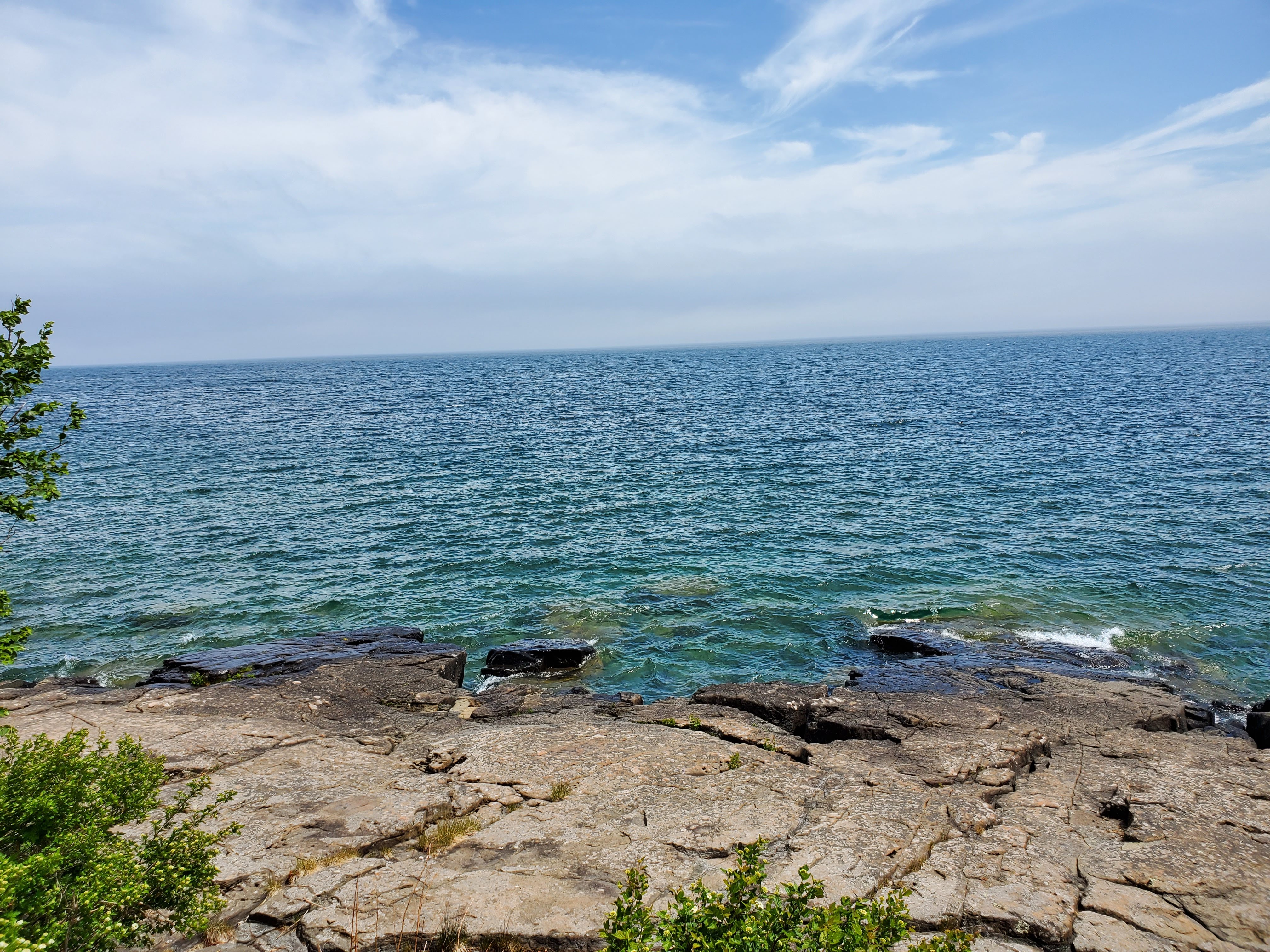
Parks and Paths Lake Gitche Gumee
The Gitche Gumee: Agate And History Museum is located in Grand Marais in Michigan's Alger County. This is the ideal place for any rock hound and history buff. Learn about the geology and minerals found in the region and local history. The gift shop includes unique gift items, mineral art, jewelry, agates and mineral specimens.
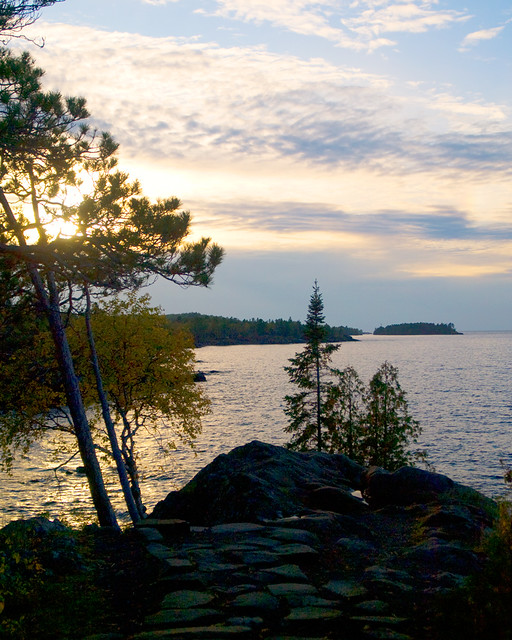
By the shores of Gitche GumeeLake Superior Flickr Photo Sharing!
Lake Superior is an huge body of water located in North America. Its sheer size and natural beauty make it a captivating destination for nature enthusiasts, adventure seekers, and history buffs alike.. 34 Little Known Facts about Lake Superior (Gitche Gumee) August 9, 2023 July 13, 2023 by Nick.
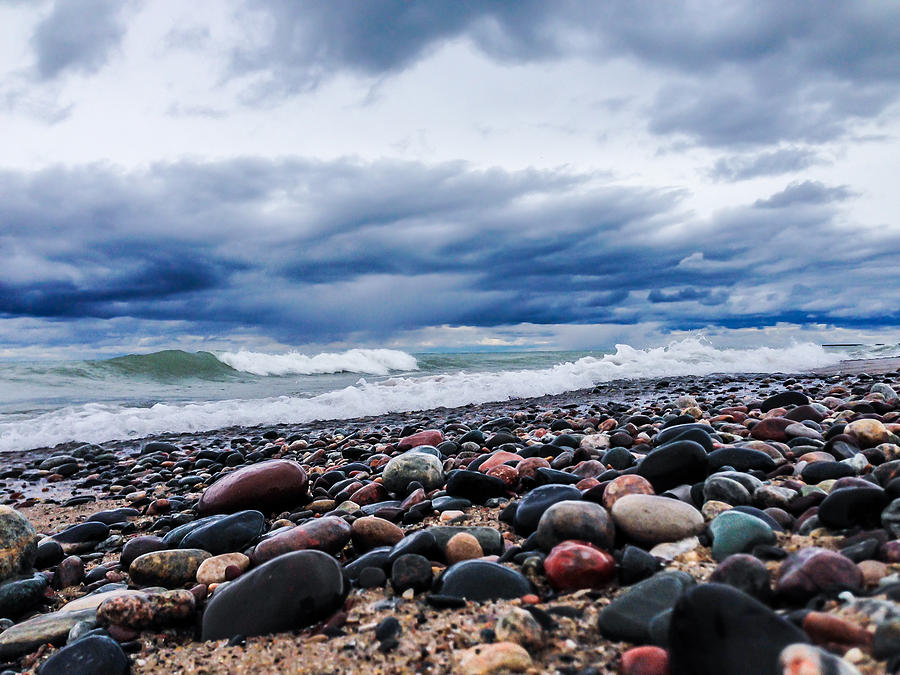
Gitche Gumee Photograph by Lee and Michael Beek Fine Art America
Lake Superior is the largest and northernmost of the Great Lakes. At 82,000 square kilometers, it is the world's largest freshwater lake by surface area.. The Native Ojibwa People referred to Lake Superior as "gitche gumee" or gitchi-gami," meaning "Big Sea Water" or "Great Sea." Some sources refer to the lake as "Ojibwe.
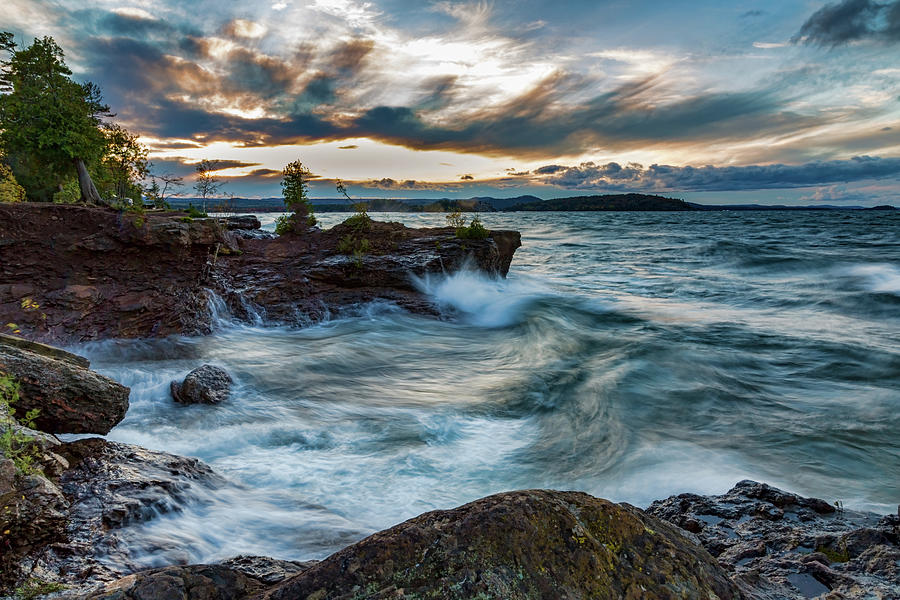
Gitche Gumee Photograph by Joe Holley Pixels
Lake Superior is the largest freshwater lake in the world by surface area and the third-largest by volume, holding 10% of the world's surface fresh water. Located in central North America, it is the northernmost and westernmost of the Great Lakes of North America, straddling the Canada-United States border with the Canadian province of Ontario to the north and east and the U.S. states of.
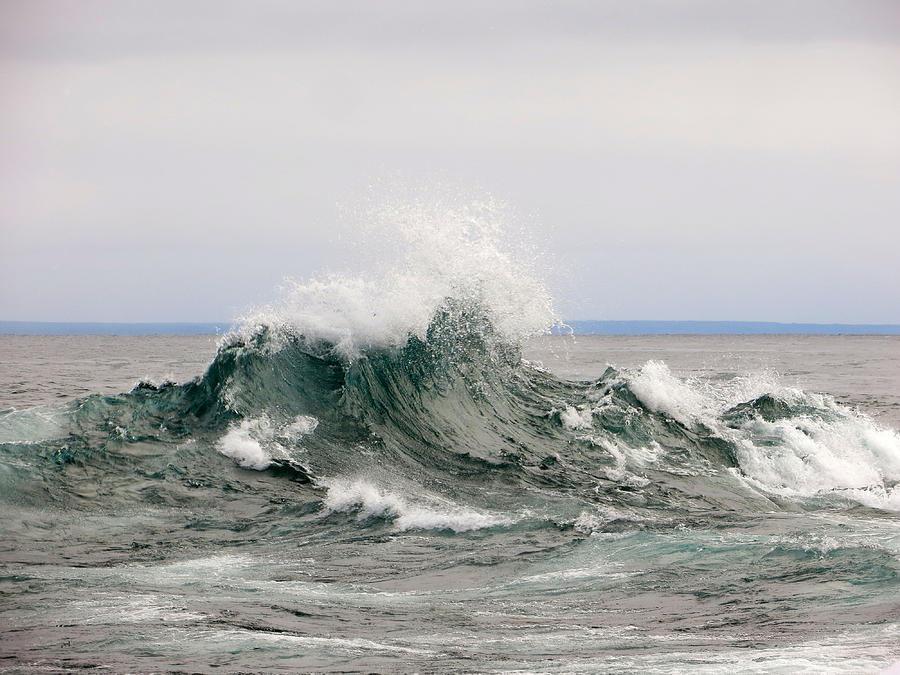
Gitche Gumee Eruption Photograph by Alison Gimpel Fine Art America
Exploring Gitche Gumee, the Mighty Lake Superior. Did you know that Gitche Gumee is a legendary Ojibwe name for Lake Superior which means "Great Sea" in English? It has a surface area of 31,700 square miles, and an estimated depth of 1,333 feet making it the largest and the deepest of the Great Lakes.

Wawa "Gitche Gumee" (Lake Superior) display Stock Photo Alamy
Gitche Gumee's Ancient Meaning The term "Gitche Gumee" literally translates to "big, great sea" in the Ojibwa language. It is speculated that the term dates back to before the 19th century, when indigenous groups began documenting the area. These groups, including the Anishinaabe and Cree, are attributed to the first use of the term.